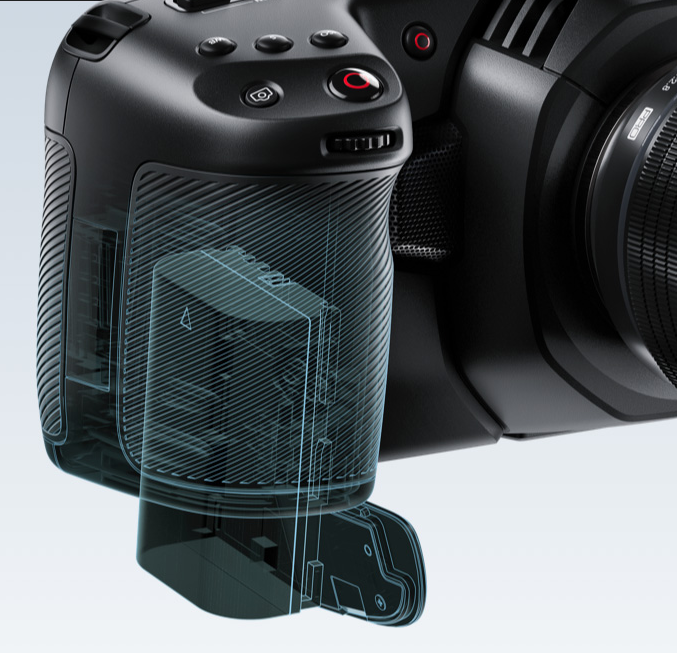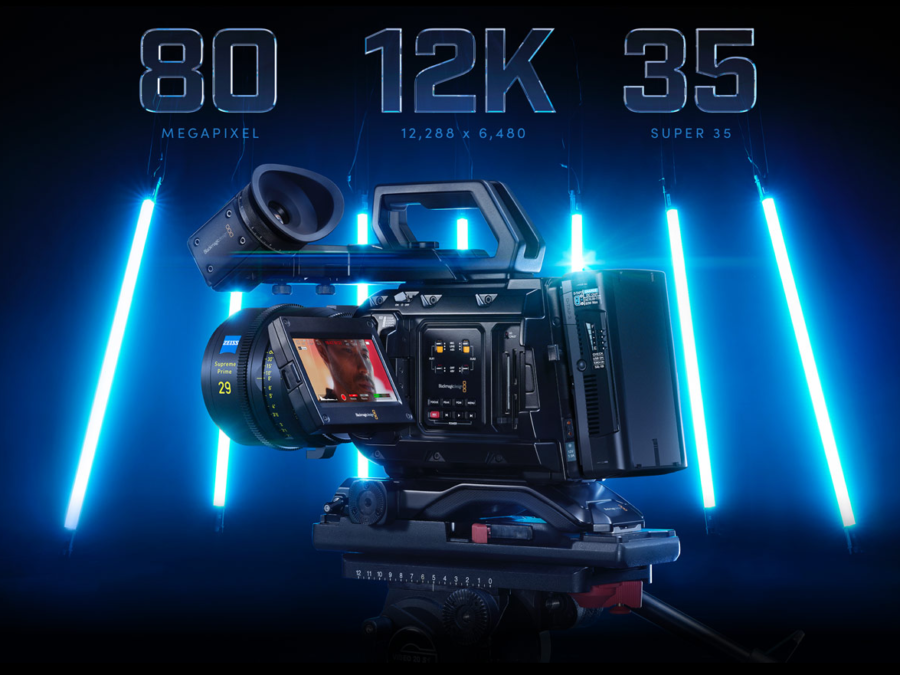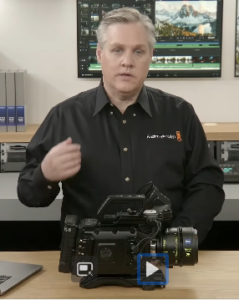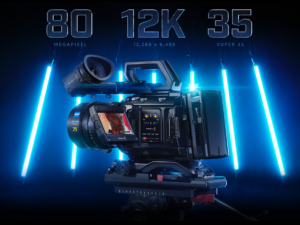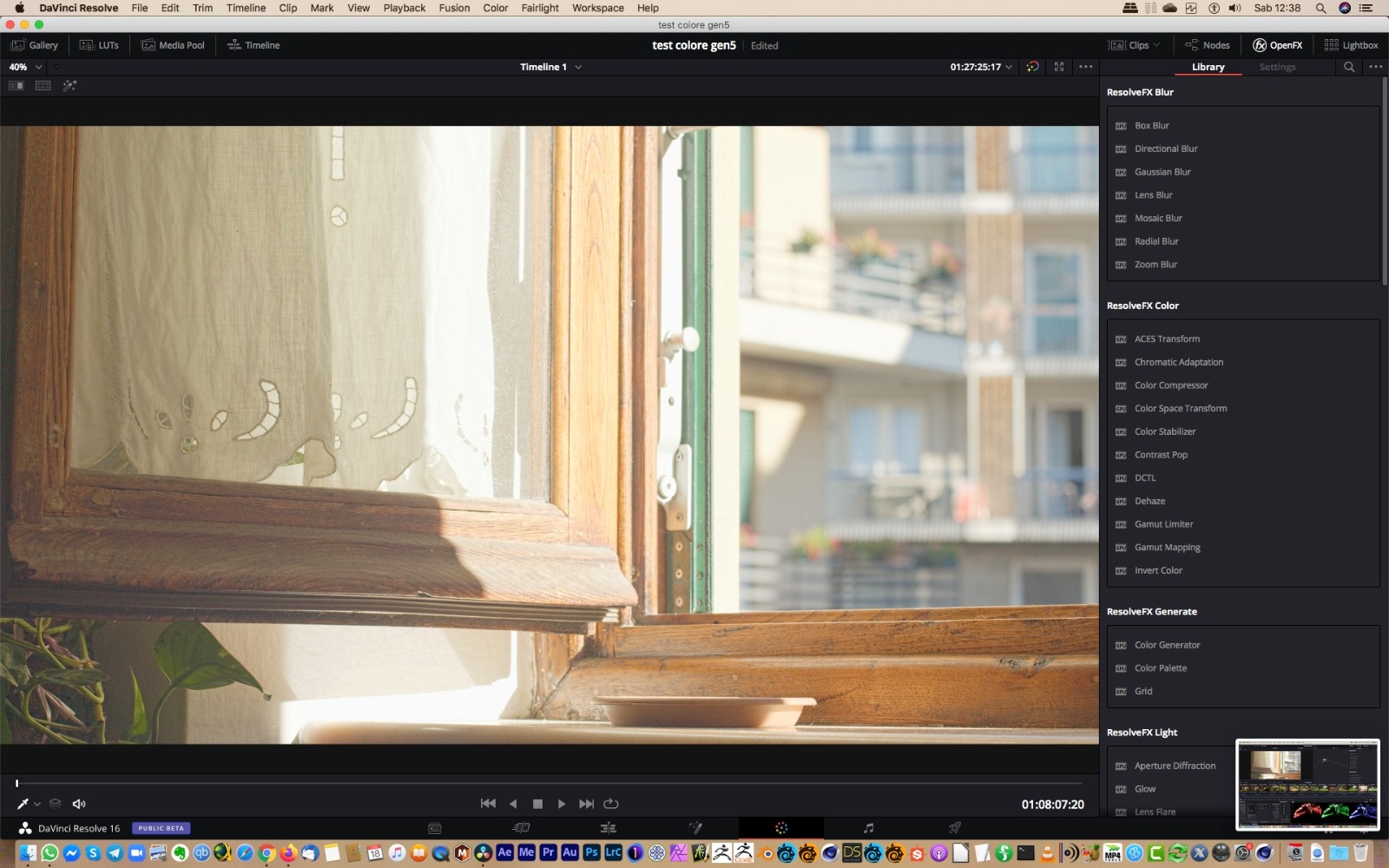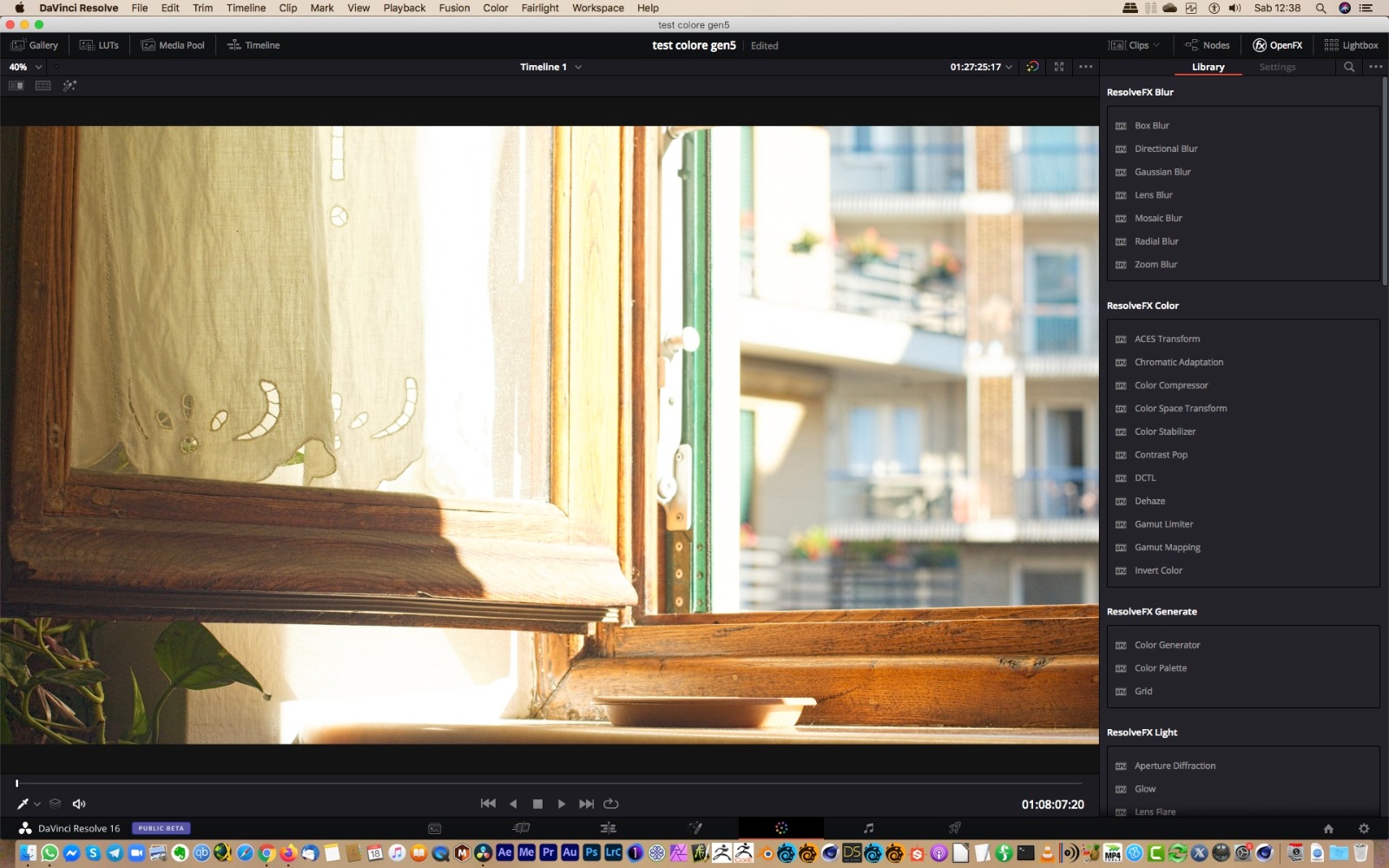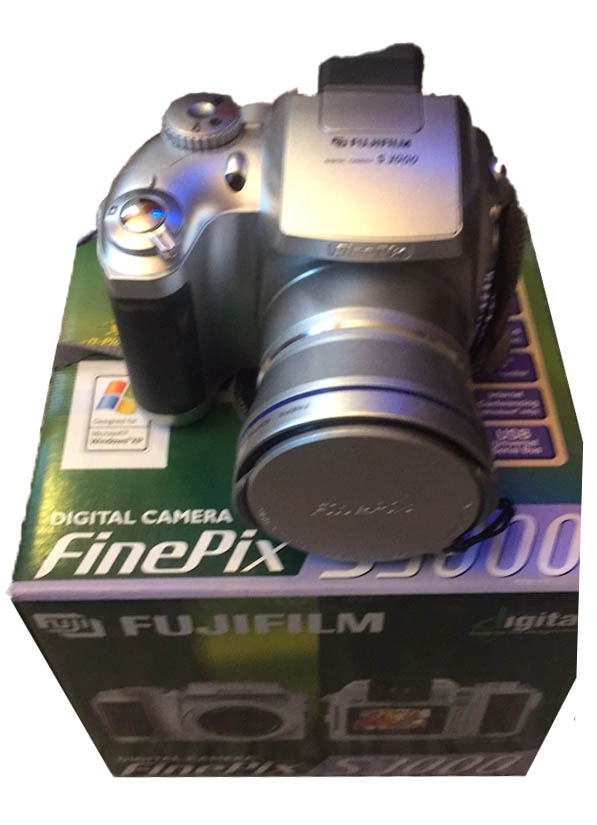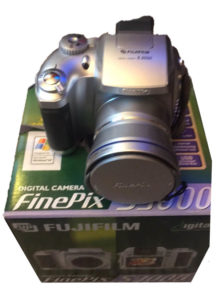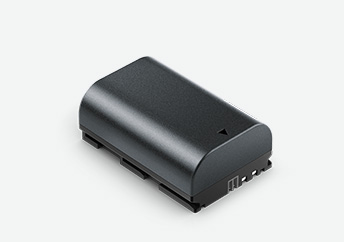 I have written many articles on different products, and batteries are a topic that comes back often.
I have written many articles on different products, and batteries are a topic that comes back often.
There are questions that are often the subject of myths and legends, and charging is a hotly debated topic.
A battery is an object capable of accumulating a difference in potential through the chemistry. When charging a battery you work on these elements, so charging must be done correctly to avoid fires, flames, explosions, etc. etc.
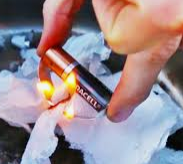 Extremely fast charging should be avoided, because it is "said to ruin" batteries when much more heat is generated which alters the chemical elements.
Extremely fast charging should be avoided, because it is "said to ruin" batteries when much more heat is generated which alters the chemical elements.
The charging phase is the moment in which the potential difference is restored with the delivery of an x value of Ampere.
The higher the amperage and the faster the battery is recharged (within a certain limit otherwise it will be damaged), this process generates a more or less contained overheating and / or an alteration of the chemical components which must be avoided.
Calculating the recharge time of a battery is very empirical and imprecise, both because most chargers do not deliver a constant current, but as the battery is close to the maximum charge they progressively reduce the current supplied, and because the cells according to of their life, wear and structure can accumulate the current in a non-regular way.
The theory is:
max battery charge (ampere) / battery charger charge (ampere)
= charging hours
Example: 6600mA battery / charger from 600 mA = 11 hours approximately
So if we talk about large batteries we can understand why a battery takes so long to be charged.
Therefore depending on the battery charger, there will be different times and recharges, also many chargers recharge at different times depending on the number of batteries that are connected.
I use a Patona charger, which according to the applied power and the number of batteries applied, the charging times are different.
|
Different charging values are available depending on the USB charger connected : In 5v2.4A |
Obviously we are talking about a theoretical calculation, assuming that you have a completely discharged battery, constant charging, recent and "young" cells.
The discussion is not born to have precise data, but rather to have a practical work reference.
If we use a battery to power a spotlight for 2-3 hours and it takes ten to recharge this battery, in order to work continuously we will need more battery kits for each headlight..

